#GreatWallOfChina
Explore tagged Tumblr posts
Text

Great Wall with Gate, Badaling, China, 1870s, Photo by Thomas Child
#1870s#china#greatwallofchina#Vintage Photo#old photo#sealed in time#historical photo#history photo#photos#history#photography#black and white photography#vintage photography#black and white#black and white photo#history lovers#history in pictures#antique photo#timeless photo
17 notes
·
View notes
Video
youtube
Swagger Blonde Let's Plays Tomb Raider 2 Playstation 1 #1 The Great Wall
#youtube#tombraider#tomb raider 2#marcobartoli#daggerofxian#xian#greatwallofchina#greatwall#lara#lara croft#ps1#playstation#90slaracroft#90slara#sonyplaystation#trex#fyp#fy#fypppppppppppppppppppppppppppppppppppppppppppppppppppppppppppppppppppppp#tumblr fyp#fypdongggggggg#fyp2023#foryou#foryour#foryourpage#foryourpages#fypage#fypages#oldisgold#retro
2 notes
·
View notes
Text
The Rich History of Asia: 10 Destinations You Can’t Miss
For cheap and best Travel Bookings - https://tripsdeals.com/
Asia, the largest continent in the world, is a treasure trove of history and culture. From ancient civilizations to modern marvels, Asia offers travelers a chance to step back in time and immerse themselves in centuries of tradition. Here are 10 must-visit historical destinations that showcase the rich heritage of this diverse continent.
The Great Wall of China, China Stretching over 13,000 miles, the Great Wall is a testament to China's ancient engineering prowess. Built to protect against invasions, it stands as a symbol of resilience and strength.
Angkor Wat, Cambodia This magnificent temple complex is the largest religious monument in the world. Built in the 12th century, it reflects the grandeur of the Khmer Empire and remains a spiritual hub for Buddhists.
Taj Mahal, India A UNESCO World Heritage site, the Taj Mahal is a masterpiece of Mughal architecture. Built by Emperor Shah Jahan in memory of his wife, this white marble mausoleum is a symbol of eternal love.
Kyoto, Japan Known for its stunning temples, traditional tea houses, and serene gardens, Kyoto offers a glimpse into Japan's imperial past and timeless cultural practices.
Petra, Jordan This ancient city, carved into rose-red cliffs, was once a thriving trade hub of the Nabateans. Petra’s unique architecture and archaeological significance make it a must-see.
Gyeongbokgung Palace, South Korea Built during the Joseon Dynasty, this grand palace is a historical icon of Seoul, showcasing traditional Korean architecture and royal heritage.
Bagan, Myanmar Famed for its sprawling landscape dotted with over 2,000 ancient temples, Bagan offers breathtaking views, especially during sunrise and sunset.
Hanoi Old Quarter, Vietnam This bustling area preserves the charm of colonial-era architecture, temples, and narrow streets filled with local crafts and street food.
The Silk Road, Central Asia Spanning several countries, this historic trade route connects East and West, offering sites like Samarkand in Uzbekistan, which boasts incredible Islamic architecture.
Forbidden City, China Located in Beijing, this imperial palace complex served as the home of emperors for nearly 500 years, reflecting China's dynastic history and artistry.
Explore these destinations to witness the splendor of Asia's past while creating memories that will last a lifetime.
#AsiaTravel#HistoricalDestinations#TravelAsia#GreatWallOfChina#AngkorWat#TajMahal#KyotoJapan#PetraJordan#Gyeongbokgung#BaganMyanmar#SilkRoad#ForbiddenCity#TravelDeals#TripsDeals
0 notes
Text

Walk into China’s Wonders! 🇨🇳
See the Great Wall like never before and feel the history all around you.
Ready to explore? 🏞️✨
#ExploreChina#GreatWallOfChina#TravelDreams#SeeTheWorld#travel destinations#solo travel#traveling#travelgram#travel photography#Travelarii
0 notes
Text
#GreatWallOfChina#ExploreGreatWall#GreatWallAdventure#ChinaWonders#HistoricGreatWall#AncientChina#GreatWallInspiration#DiscoverChina#TravelGreatWall#VisitChina
0 notes
Text
Top 50 Must Visit Global Destinations: Wonders of the World
#Featured#Adventure#AmalfiCoast#AngkorWat#Antarctica#AuroraBorealis#Bagan#Bali#Banff#Barcelona#BoraBora#CapeTown#Cappadocia#CinqueTerre#Culture#DeadSea#Dubai#EasterIsland#Fiordland#GalapagosIslands#GrandCanyon#GreatBarrierReef#GreatWallofChina#HalongBay#Havana#History#IguazuFalls#Istanbul#Jaipur#Kruger
1 note
·
View note
Text
Must-See UNESCO Heritage Sites Around the World

Embark on a journey to explore the unparalleled beauty and cultural significance of UNESCO World Heritage Sites scattered across the globe. These remarkable destinations serve as testaments to humanity's rich history, outstanding architectural achievements, and natural wonders, captivating travelers with their awe-inspiring landscapes and historical treasures.
From ancient wonders t o breathtaking natural landscapes, UNESCO Heritage Sites offer a glimpse into the diverse tapestry of our planet's heritage. Each site holds a unique story, reflecting the ingenuity, creativity, and resilience of past civilizations.
Whether you're drawn to the majestic pyramids of Egypt, the enchanting ruins of Machu Picchu in Peru, or the stunning natural beauty of the Great Barrier Reef in Australia, UNESCO Heritage Sites offer an unforgettable travel experience steeped in history and wonder.
Explore the intricate carvings of Angkor Wat in Cambodia, marvel at the grandeur of the Taj Mahal in India, or wander through the ancient city of Petra in Jordan. Each site is a testament to human achievement and a window into the past, inviting visitors to connect with cultures and civilizations that have shaped our world.
Join us as we embark on a journey to uncover the must-see UNESCO Heritage Sites around the world, where history comes to life, and the wonders of the past await discovery.
Introduction of UNESCO World Heritage Site
The UNESCO World Heritage Site designation recognizes places of outstanding cultural or natural significance to humanity. These sites are carefully selected and protected to ensure their preservation for future generations.
Whether it's a historic city, architectural masterpiece, ancient ruins, or breathtaking natural landscape, UNESCO World Heritage Sites represent the diversity and richness of human history and the natural world. They serve as symbols of global heritage and are cherished for their universal value and significance.
Read More
0 notes
Text
The Great Wall of China: A Timeless Wonder of the World.
0 notes
Text
How Long is the Great Wall of China ? Built, Facts About😮👍
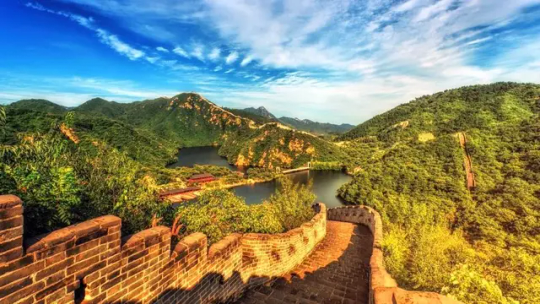
How Long is the Great Wall of China?
The Great Wall of China is an extensive bulwark that stands as one of the largest building-construction projects in ancient China. Spanning over two millennia, this monumental structure consists of numerous walls, many of which run parallel to each other, covering the northern regions of China and southern Mongolia. The most well-preserved section, dating back to the Ming dynasty (1368–1644), stretches approximately 5,500 miles (8,850 km) from Mount Hu near Dandong in southeastern Liaoning province to Jiayu Pass west of Jiuquan in northwestern Gansu province.

The Great Wall of China Map:
The Great Wall's winding journey often follows the crestlines of hills and mountains as it snakes across the Chinese countryside. Approximately one-fourth of its length is composed of natural barriers such as rivers and mountain ridges, while the remaining 70 percent is constructed wall, with some stretches featuring ditches or moats. Despite sections in ruins or disappeared, the Great Wall remains a remarkable structure and has been recognized as a UNESCO World Heritage site since 1987. Google maps here
Why Was the Great Wall of China Built?
The origins of the Great Wall can be traced back to the 7th century BCE, with various Chinese kingdoms constructing disparate border fortifications and castles. Initially, these defensive structures were established not only to counter the threat of barbarian invasions but also to protect against neighboring kingdoms. The Qin state, under Emperor Shihuangdi, connected existing walls in the 3rd century BCE, creating a unified defensive system. The purpose evolved over centuries, serving both defensive and administrative functions.

When Was the Great Wall of China Built?
Construction of the Great Wall can be traced back to the 7th century BCE when the state of Chu initiated the building of a permanent defensive system known as the "Square Wall." However, significant unification and expansion occurred during the Qin dynasty (221 BCE) under Emperor Shihuangdi, who linked existing segments into the "10,000-Li Long Wall." Subsequent dynasties, such as the Han, Bei Wei, and Ming, continually reinforced and extended the wall to defend against various threats.
Great Wall of China Huanghuacheng:
During the Bei (Northern) Wei dynasty (386–534/535 CE), the Great Wall was repaired and extended, specifically at Huanghuacheng, to defend against the Juan-juan and Khitan tribes in the north.
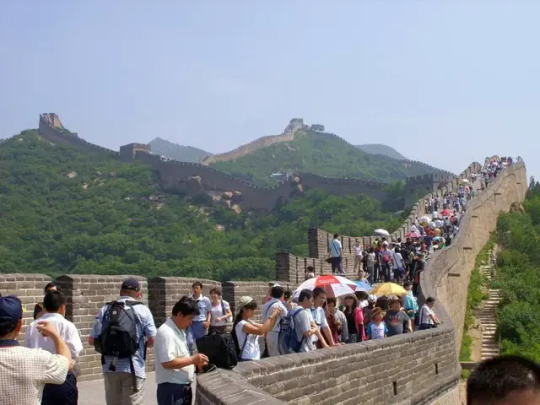
Who Built the Great Wall of China?
The construction of the Great Wall involved various Chinese dynasties and rulers. Emperor Shihuangdi of the Qin dynasty played a pivotal role in connecting existing walls to form a unified defense system. Subsequent dynasties, including the Han, Bei Qi, and Ming, contributed to the continuous construction and maintenance of the wall.
Where is the Great Wall of China?
The Great Wall stretches across northern China and southern Mongolia. It runs from Mount Hu near Dandong, southeastern Liaoning province, to Jiayu Pass west of Jiuquan, northwestern Gansu province. The wall often follows the natural topography, tracing hills, mountains, rivers, and ridges.
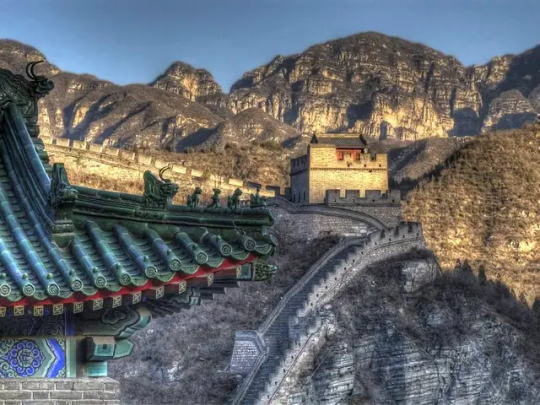
Facts About the Great Wall of China:
- The Great Wall was designated a UNESCO World Heritage site in 1987. - The construction of the wall spanned over two millennia, with significant contributions from multiple Chinese dynasties. - The wall served not only as a defensive structure against invasions but also played a role in centralizing control of trade and travel. - Signal towers, passes, and walls were integral components of the Great Wall's defensive system. - The majority of the existing Great Wall is attributed to the Ming dynasty, particularly during the reign of the Hongzhi emperor (1487–1505).
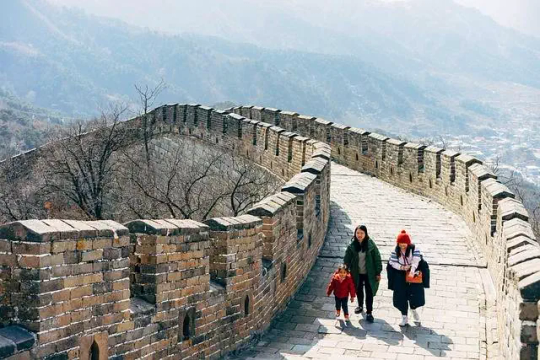
In summary, the Great Wall of China stands as a testament to the historical and architectural prowess of ancient China, representing both a formidable defensive barrier and a symbol of unity and strength. You can find encyclopedic information about the Great Wall Of China here. If you have any doubts about the information contained herein, please let us know. Read the full article
#FactsAbout#GreatwallofChina#TheGreatWall#Whenwasthegreatwallofchinabuilt#Whobuiltthegreatwallofchina
0 notes
Photo

Great Wall of China / 1 Conquer your fears and explore the magnificent Great Wall of China. A true marvel of human ingenuity that will leave you in awe.
0 notes
Photo

Great Wall of china Experience the grandeur of the Great Wall of China, an architectural masterpiece that spans centuries. Discover its secrets and be captivated by its beauty.
0 notes
Photo
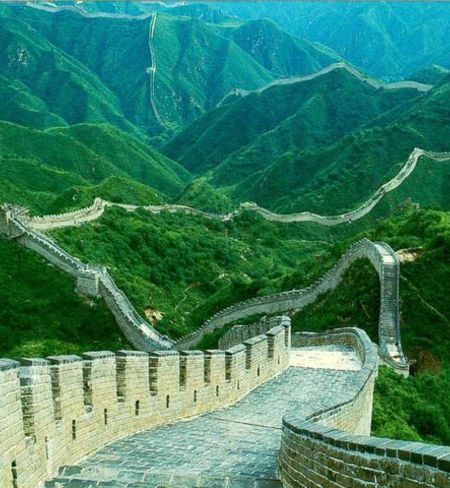
Great Wall of China, China Discover the profound history and remarkable beauty of the Great Wall of China, an extraordinary testament to human ingenuity.
0 notes
Video
youtube
Mystery of Great Wall Of China | 21,000Km Long Wall Impact On Earth's Ge...
#youtube#thegreatwallofchina#greatwall#greatwallofchina#mystery#facts#amazingfacts#earthhistory#china#chinahistory
0 notes
Text
Great Wall of China /

2 Standing tall and strong, the Great Wall of China bears witness to centuries of history. Unleash your inner explorer and get ready for an adventure like no other.
0 notes
Text
Great Wall of China, China
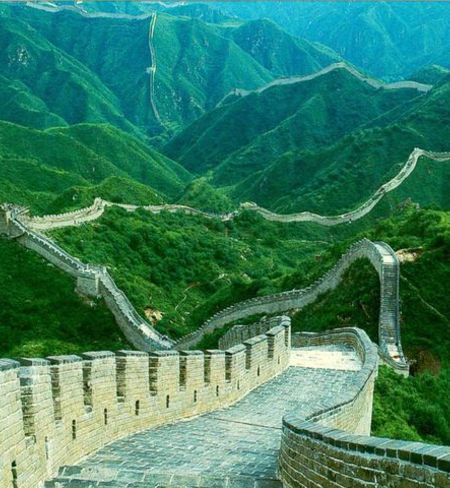
Discover the profound history and remarkable beauty of the Great Wall of China, an extraordinary testament to human ingenuity.
0 notes